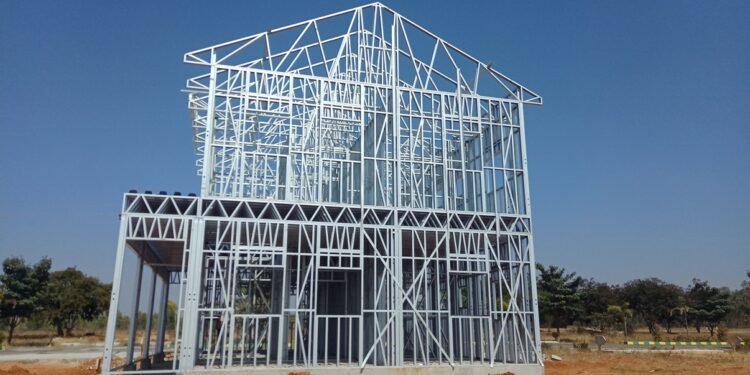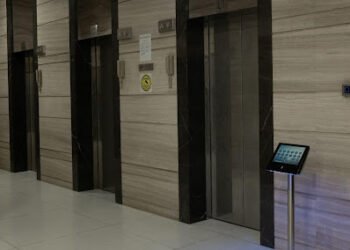Modern buildings have been transformed by Light Gauge Steel Framing (LGSF) due to its efficiency and adaptability. The success of your project can be greatly impacted by your comprehension of these crucial elements of LGSF buildings, regardless of whether you work in construction or are interested in building technology. Let’s examine the five important components that should be considered while dealing with lgsf structure.
1.Material Quality and Thickness Matters
Any effective LGSF construction is built on a foundation of properly sized and high-quality steel. Members of cold-formed steel, which are often between 0.8 and 2.5 mm thick, have to fulfill certain durability and strength specifications. In order to avoid corrosion, the steel grade should be properly galvanized and meet structural engineering standards. The secret is striking the correct balance between strength needs and cost-effectiveness; keep in mind that thicker isn’t always better. While retaining economic viability, excellent performance is ensured by appropriately designed material thickness.
2.Precision in Assembly and Connection Details
The devil is in the details when it comes to light gauge steel frame structures. Every point of connection between steel parts needs to be precisely designed and carried out. It is necessary to properly specify and install self-drilling screws, welding points, and brackets in accordance with design specifications. Inadequate connecting details may result in possible failure sites and structural weakness. Take particular note of the fastener type, edge distances, and screw spacing. Keep in mind that the integrity of the overall system might be jeopardized by even a little mistake in connecting details.
3.Protection Against Environmental Factors
The lifespan of LGSF constructions is significantly influenced by environmental factors. These thin steel components must be well shielded from air corrosion, moisture, and temperature changes. It is crucial to use the proper vapor barriers, insulation, and protective coatings. Make sure the construction is created with sufficient precautions to avoid condensation within wall cavities, taking into account the local environment. The longevity of the structure can be considerably increased by routinely inspecting and maintaining these protective components.
4.Load Distribution and Structural Design
In LGSF construction, it is essential to comprehend load routes and appropriate force distribution. Both dead and live loads must be handled by these structures with efficiency and stability. Pay close attention to the integration of various structural components, load-bearing walls, and appropriate bracing systems. Wind loads, seismic forces, and other local needs should all be taken into consideration in the design. Keep in mind that LGSF buildings react differently from those built using conventional techniques, and that accurate engineering analysis is essential for achieving the best possible results.
5.Compliance with Building Codes and Standards
It is imperative that LGSF construction adhere to both international and local building codes. Keep abreast of the most recent rules that apply to light gauge steel building in your area. This entails being aware of the standards for energy efficiency, structural performance, and fire safety. During construction, adherence to these rules is ensured by appropriate paperwork and frequent inspections. Keep in mind that construction codes are always changing, and being up to date on these modifications is essential to the effective completion of any project.
Conclusion
Although LGSF buildings for modular housing construction have many benefits in contemporary construction, these five crucial factors must be carefully considered for them to be successful. You can guarantee the longevity and dependability of your LGSF project by concentrating on structural design, environmental protection, connection details, material quality, and regulatory compliance. The functionality of the entire structure may be jeopardized if any one of these components is neglected, as they are all interrelated.





